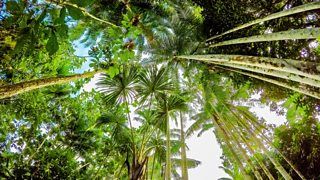Ayahuasca: the mysterious plant behind the Amazon’s spiritual tourism
Growing numbers of tourists are travelling to the Peruvian Amazon to drink ayahuasca, a traditional plant medicine said to bring about a higher state of consciousness. Foreigners come looking for spiritual enlightenment or help with mental health problems like trauma, depression, and addiction.
But not everyone is happy about Peru’s booming ayahuasca tourism industry, and some Westerners who are seeking solace are discovering there is a darker side to the commercialised world of spiritual healing.
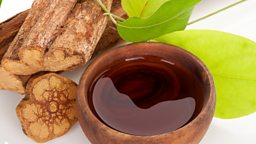
What is ayahuasca?
Ayahuasca is a powerful psychedelic made by brewing two local plants together: the ayahuasca vine (Banisteriopsis caapi) and a shrub called chacruna (Psychotria viridis), which contains the hallucinogenic drug dimethyltryptamine. For centuries it has been part of the indigenous culture in the Amazon.
Walter Lopez, a traditional indigenous healer from Peru’s Shipibo tribe, remembers his first experience with the plant medicine, aged just 14: “The first time I drunk, I felt weak. And the first thing I saw was a UFO coming down. They abducted me and they took me to their world of aliens. That world was very hot. I felt like I was burning, but at the same time I felt like I was renewing myself.”
The first time I drunk, I felt weak. And the first thing I saw was a UFO coming down...Walter Lopez, a traditional indigenous healer from Peru’s Shipibo tribe, on his first experience with Ayahuasca.
The man who gave Walter his first drink of ayahuasca was his great uncle who, like Walter’s grandfather, was a healer. “That ceremony was the starting point of my career. My great-uncle said to me, now it’s up to you. You have the knowledge, that is your destiny. To help our people,” says Walter.
Traditionally, the healers would drink ayahuasca and use their visions to understand the complaints of their patients. But those indigenous traditions are changing. More and more Western tourists are coming to the Amazon to experience the power of the plants for themselves, and new practitioners are starting up businesses to meet the demand.
The epicentre of ayahuasca tourism
The city of Iquitos is the gateway to the Peruvian Amazon and the centre of ayahuasca tourism. Although it is unreachable by road – accessed only by boat or plane – the ayahuasca tourism industry is booming and the city is surrounded by ayahuasca centres.
One such centre, , was set up 12 years ago by Matthew Watherston - a tanned, slim Englishman in his forties. In a previous life, Matthew was a real estate agent, but a breakdown led him to experiment with ayahuasca.
“I had the most profound night of my life,” says The Temple’s founder. A vision that “just came on like a light-bulb” led him to set up the ayahuasca retreat.
Foreigners visit Matthew’s centre in search of spiritual enlightenment or for help with mental health problems like addiction, trauma and depression. Around 800 people visit The Temple each year.
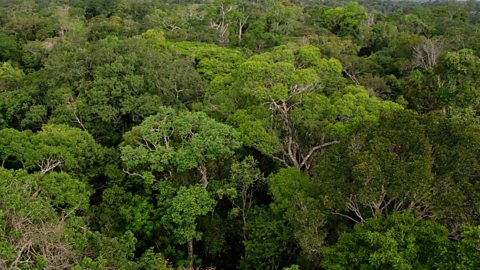
Why the Amazon rainforest is becoming more flammable
Human disturbances are making the Amazon rainforest more flammable.
Edward – a gentle, bearded Brit in his thirties – explains why he sought out the retreat: “I’ve basically struggled with anxiety for most of my life, and I tried a variety of different ways of coping with it or treating it, some of which were conventional medicine, some of which were psychotherapy, and nothing was quite fixing the problem for me.” Ayahuasca, however, seems to be having a positive impact.
What happens at an ayahuasca ceremony?
Ceremonies at The Temple always take place at night, in a quiet, lantern-lit maloca (an indigenous ancestral house). There are mattresses on the ground, each with a toilet roll and a plastic container next to it. The participants take one of the mattresses positioned around the healer, who dresses in a robe embroidered with intricate geometric patterns.
As the ayahuasca takes effect people retch and many vomit into their buckets. When first timers drink large amounts there’s often screaming and wailing too.
He blows into the bottle containing the sticky brown ayahuasca, drinks a small amount, and then each of the participants goes up in turn to drink.
For about 40 minutes there’s just silence in the dark room as participants sit cross-legged on their mattresses. Then the healer sings his medicine songs known as icaros to the group before perching on the end of each mattress and chanting to each person individually.
The purging that happens isn’t just emotional. As the ayahuasca takes effect people retch and many vomit into their buckets. When first timers drink large amounts there’s often screaming and wailing too.
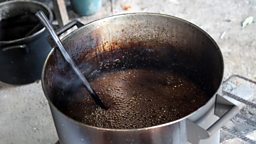
“I’m feeling quite fresh, and happy, and peaceful.”
The morning after the ceremony, Edward describes the effect of the healers singing. “You actually viscerally in your body feel the power of the icaros,” says the Brit. He says it can bring on shaking, crying, or whatever you need in order to purge.
“Sometimes these songs feel beautiful, exquisitely beautiful, and sometimes they sound so painful you can hardly bare another second of them. They can bring on almost any emotion when you’re in that space with them.”
Edward says he is able to make connections which he wouldn’t be able to do in a normal space. “In one ceremony I noticed how there was a lot of shame in my life, and I noticed how maybe my mother also felt a lot of shame, and I noticed there maybe was a dynamic whereby we were sharing it somehow,” he says. Having had this realisation, he was then able to drop it. “It wasn’t actually necessary for me anymore.”
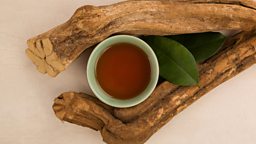
What are the risks?
Scientific interests in the effects of ayahuasca is growing and research suggests it could be effective in helping to alleviate depression, addiction and trauma. But many of the participants are vulnerable and some centres seem ill-equipped to deal with complications.
Survivors of sexual abuse who are searching for healing in the Amazon are being further abused by those they are looking to for help.
An emergency doctor at the local hospital says they sometimes get tourists from ayahuasca retreats dumped at their door with no explanation. There have even been reports of deaths - not linked directly to the drink, but to poor care for visitors when things go wrong.
There are also claims of sexual assault. Anna (not her real name), a Canadian in her forties, was a heroin addict who was seeking out alternative therapies to help her. She took part in a large ceremony run by an internationally renowned healer. She was having a difficult time so when the healer came to sit with her, she initially felt relief. But he went on to physically molest her. At a subsequent ceremony, she was raped by another healer. It has taken her six years to speak out about what happened to her. “The medicine was helping me so I didn’t want to speak up because I was afraid I would be ostracised from the community,” she says.
Anna is not alone. Experiences of sexual abuse seem to be shockingly widespread within the world of ayahuasca. Survivors of sexual abuse who are searching for healing in the Amazon are being further abused by those they are looking to for help.
A way forward
For Walter Lopez, stories like this harden his resolve to reclaim the traditional practice of ayahuasca healing. He is now leading an association of Shipibo healers, fighting back against the commercialisation and globalisation of ayahuasca. The association is in a process of getting accreditation for the Shipibo healers, as part of an effort to bring the ayahuasca industry under the control of indigenous people. These abusers, taking advantage of the power of the plants, has left a bad image of Shipibo healers, he says. “Our mission as an organisation is to clean this image.”
Although two worlds are clashing, Walter is hopeful there’s a way through: “We want Western science to understand our plant knowledge so we can share it.” After all, says the healer, there are many people who come to them with problems that the Western medical system couldn’t solve, and they are finding relief and solace through ayahuasca.
Listen to Crossing Continents: Ayahuasca – Fear and Healing in the Amazon
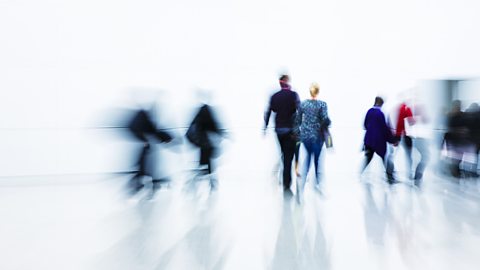
How does evolution explain mental health?
Psychiatrist Randolph Nesse on natural selection and it's link to human suffering.
More from Radio 4
-
![]()
Crossing Continents: Ayahuasca
Psychedelic plants, the spiritual tourism backlash - and sexual abuse.
-
![]()
Seven of the most sacred plants in the world
Enter the world of sacred plants, rich in spiritual symbolism.
-
![]()
Why is CBD on everyone's lips?
What is CBD? And why is it so trendy?
-
![]()
In Our Time: Drugs
Melvyn Bragg discusses the role narcotics and stimulants have played in the history of medicine.
